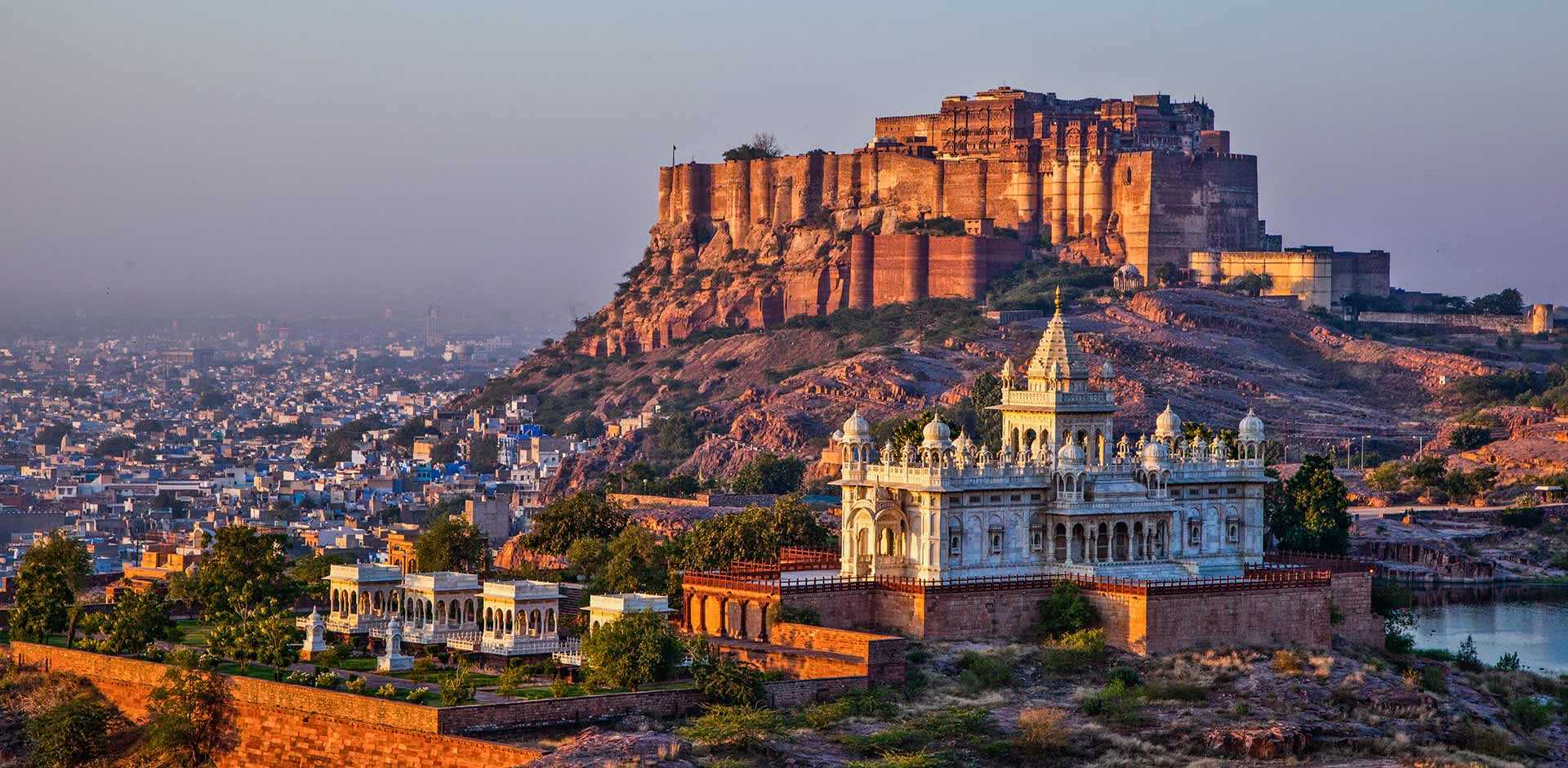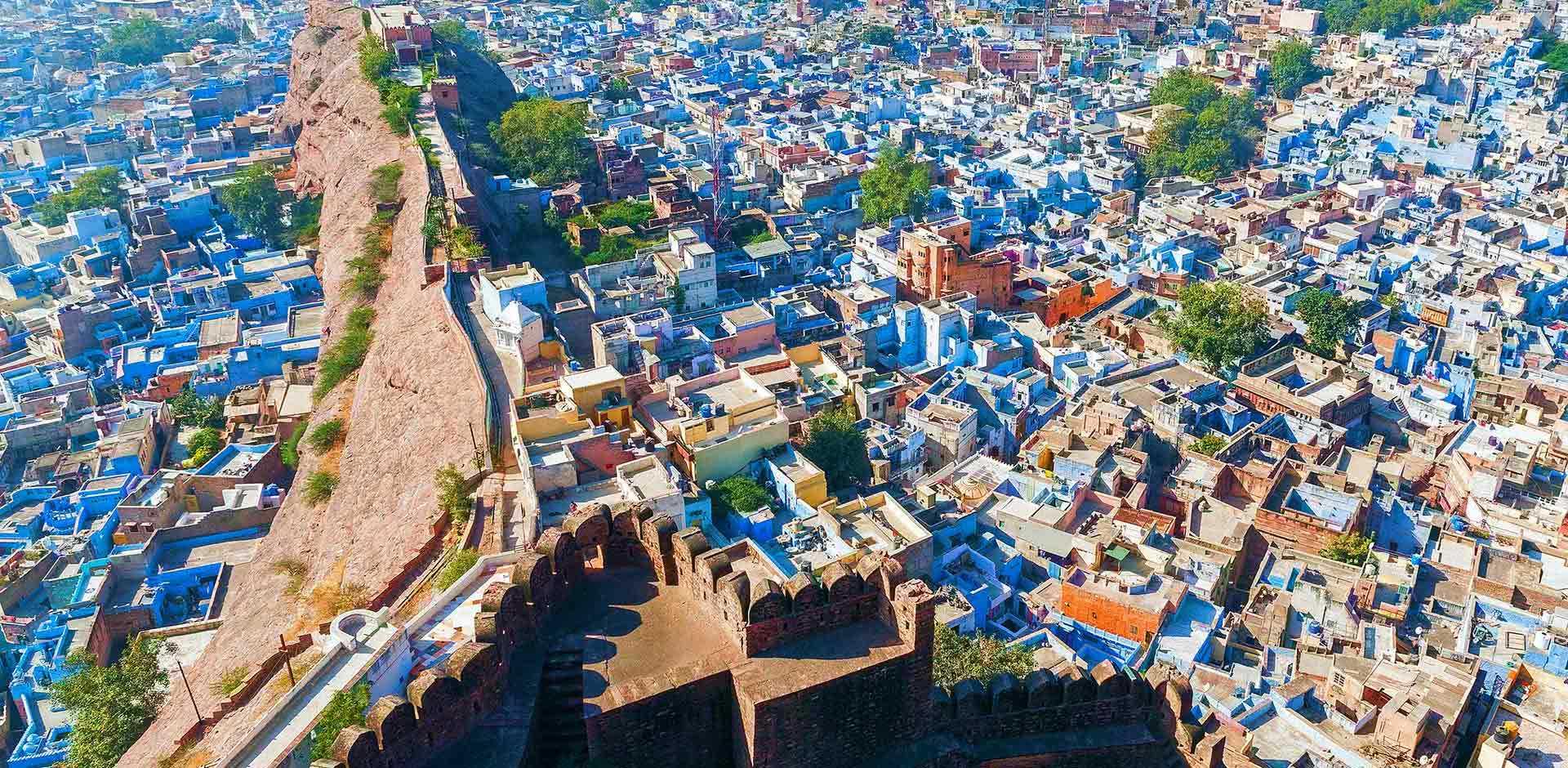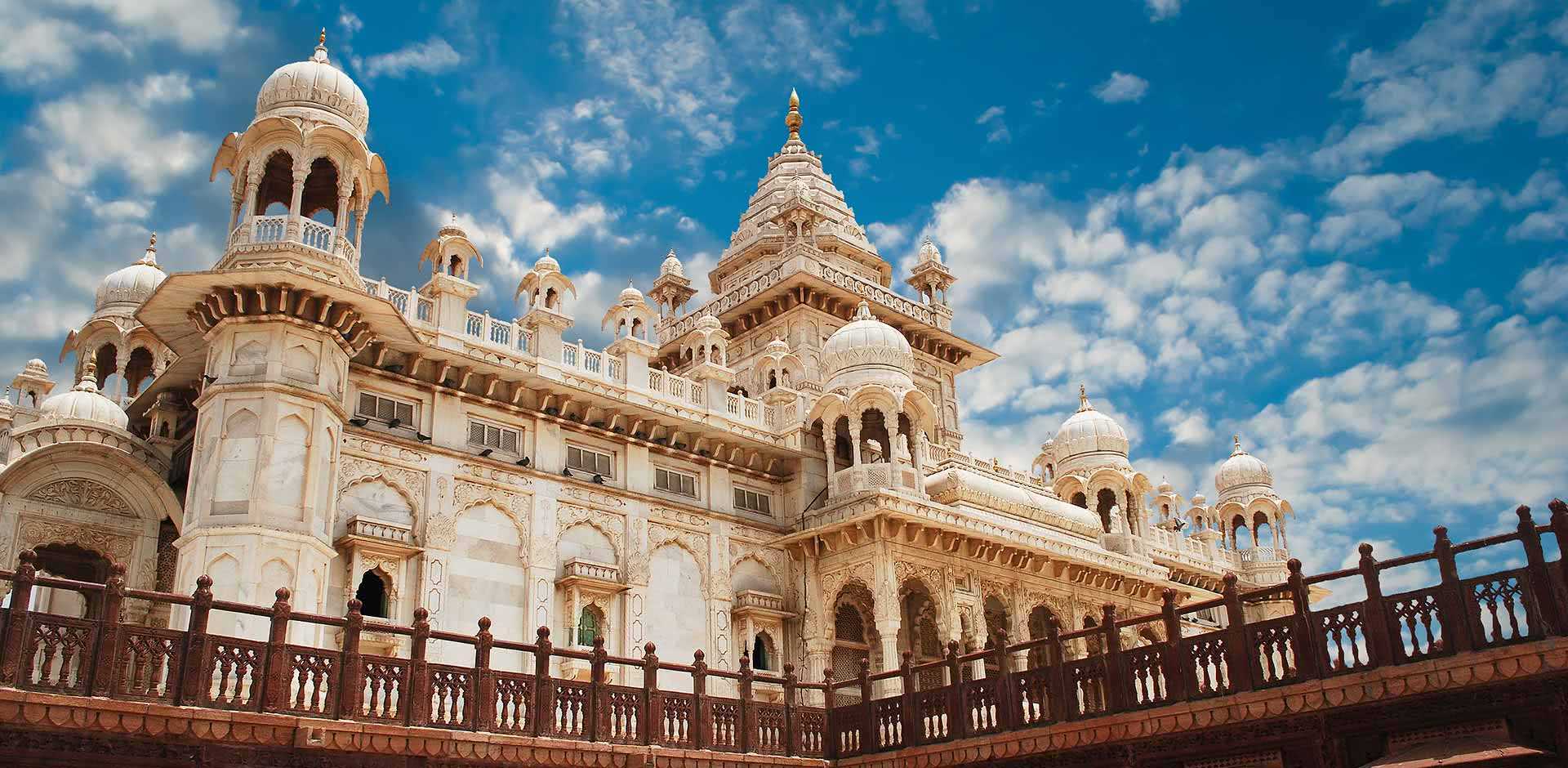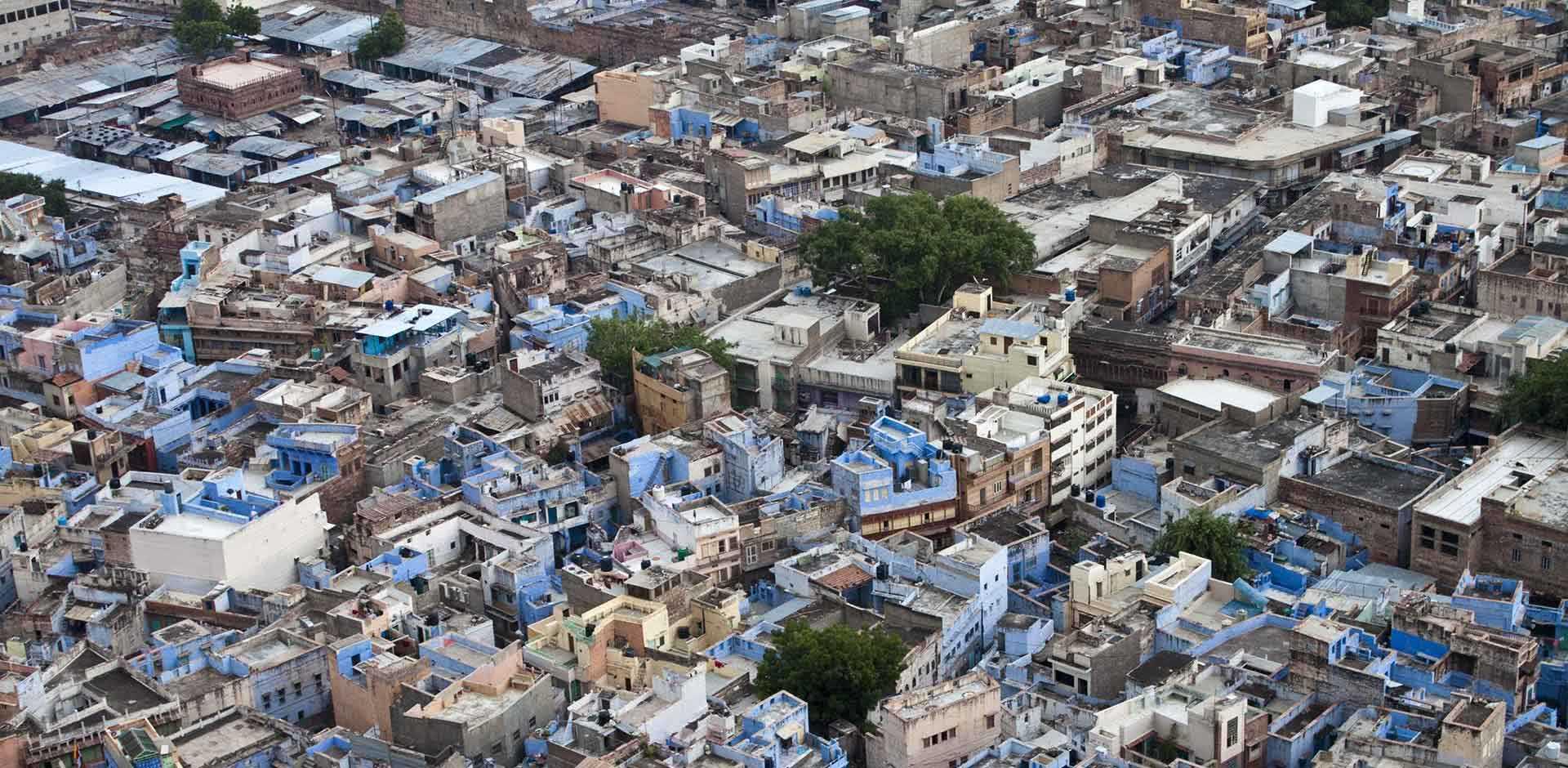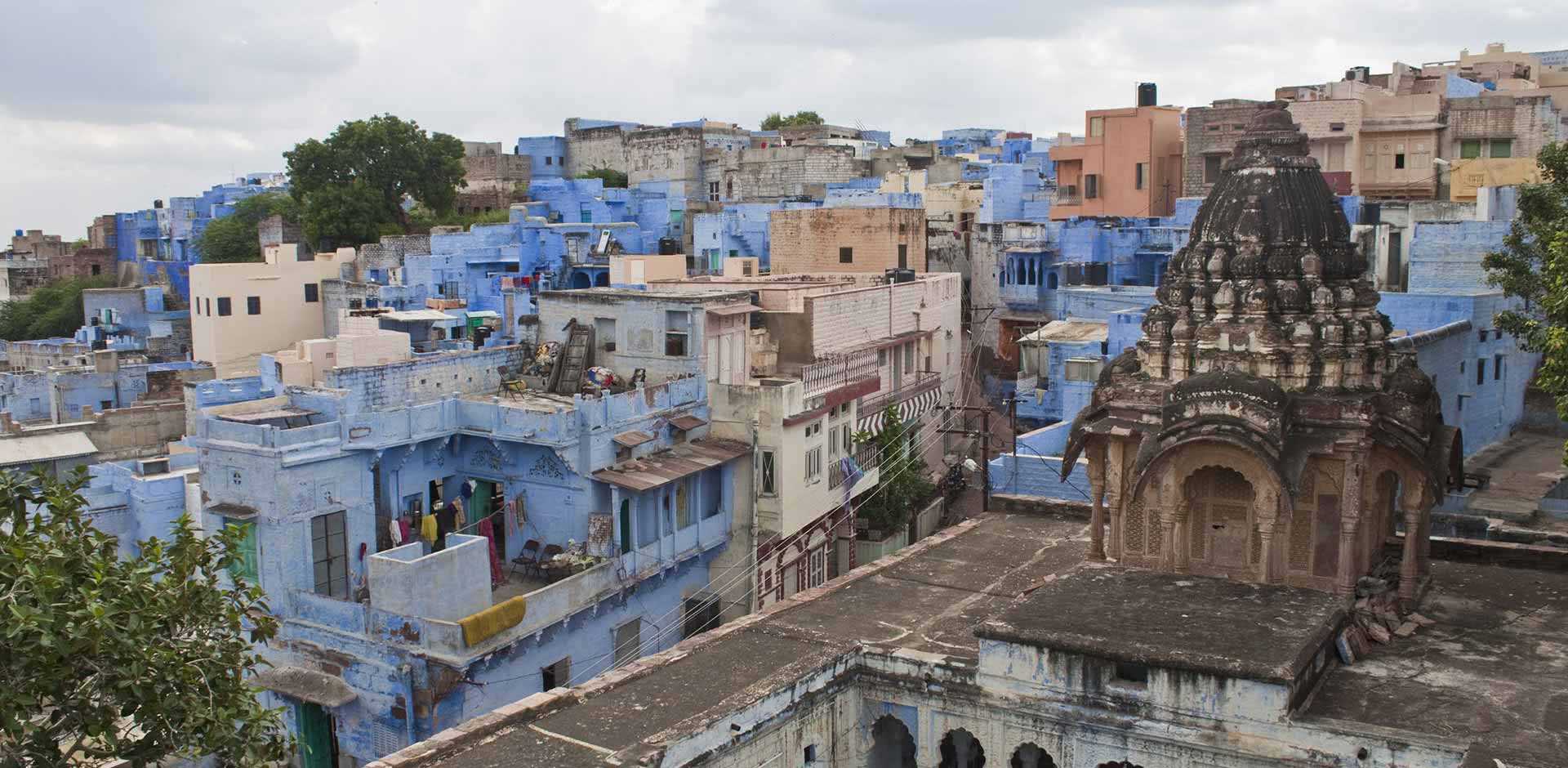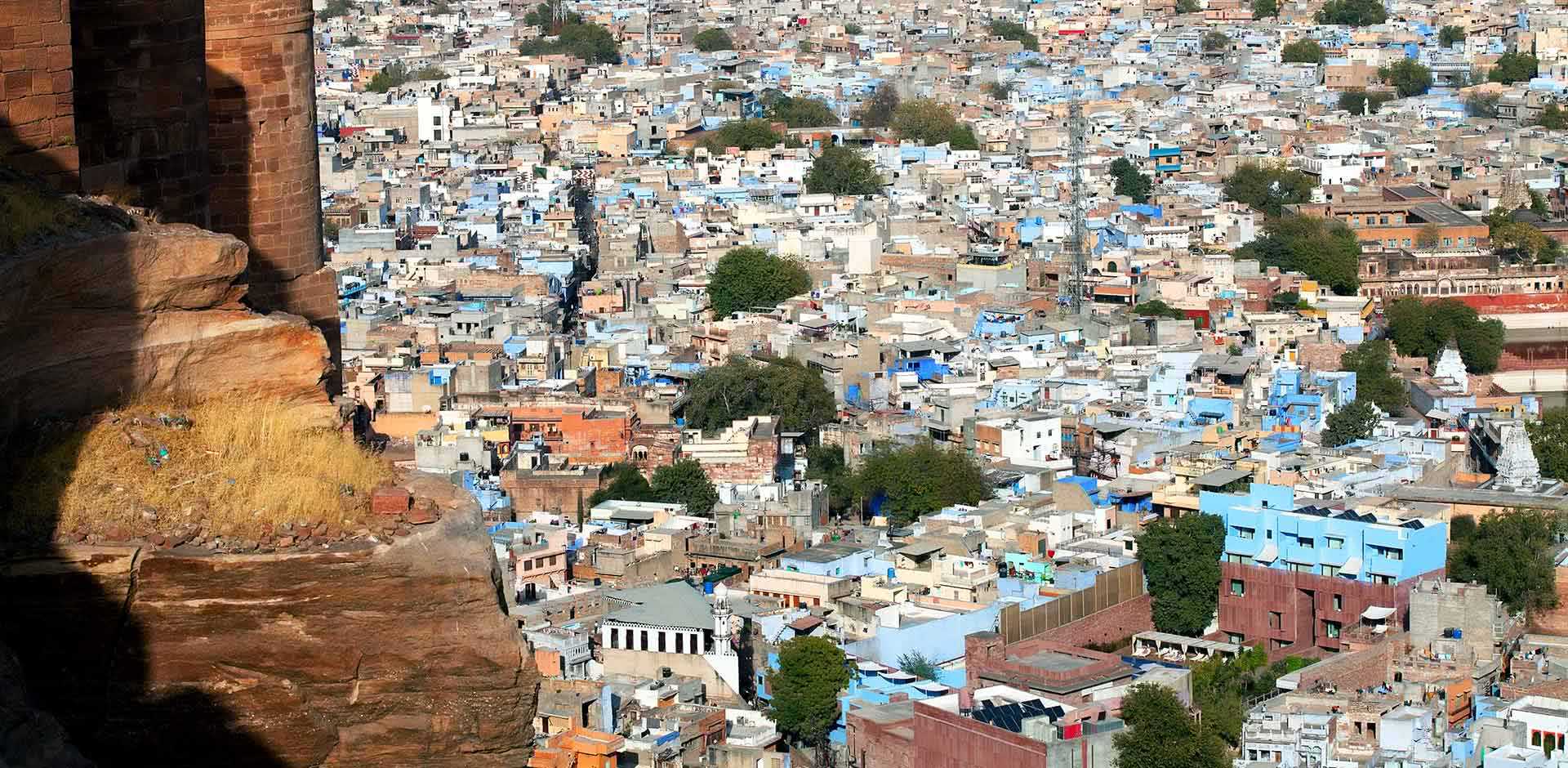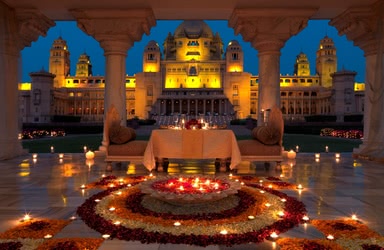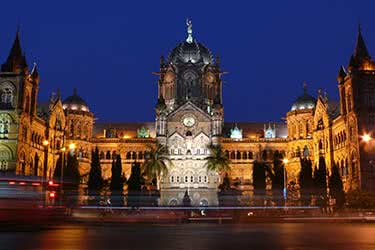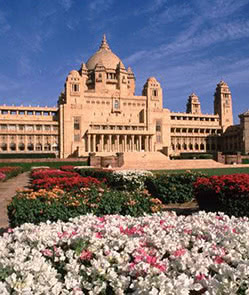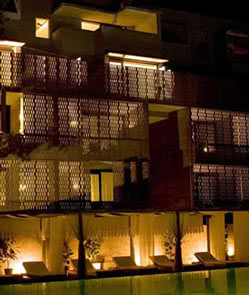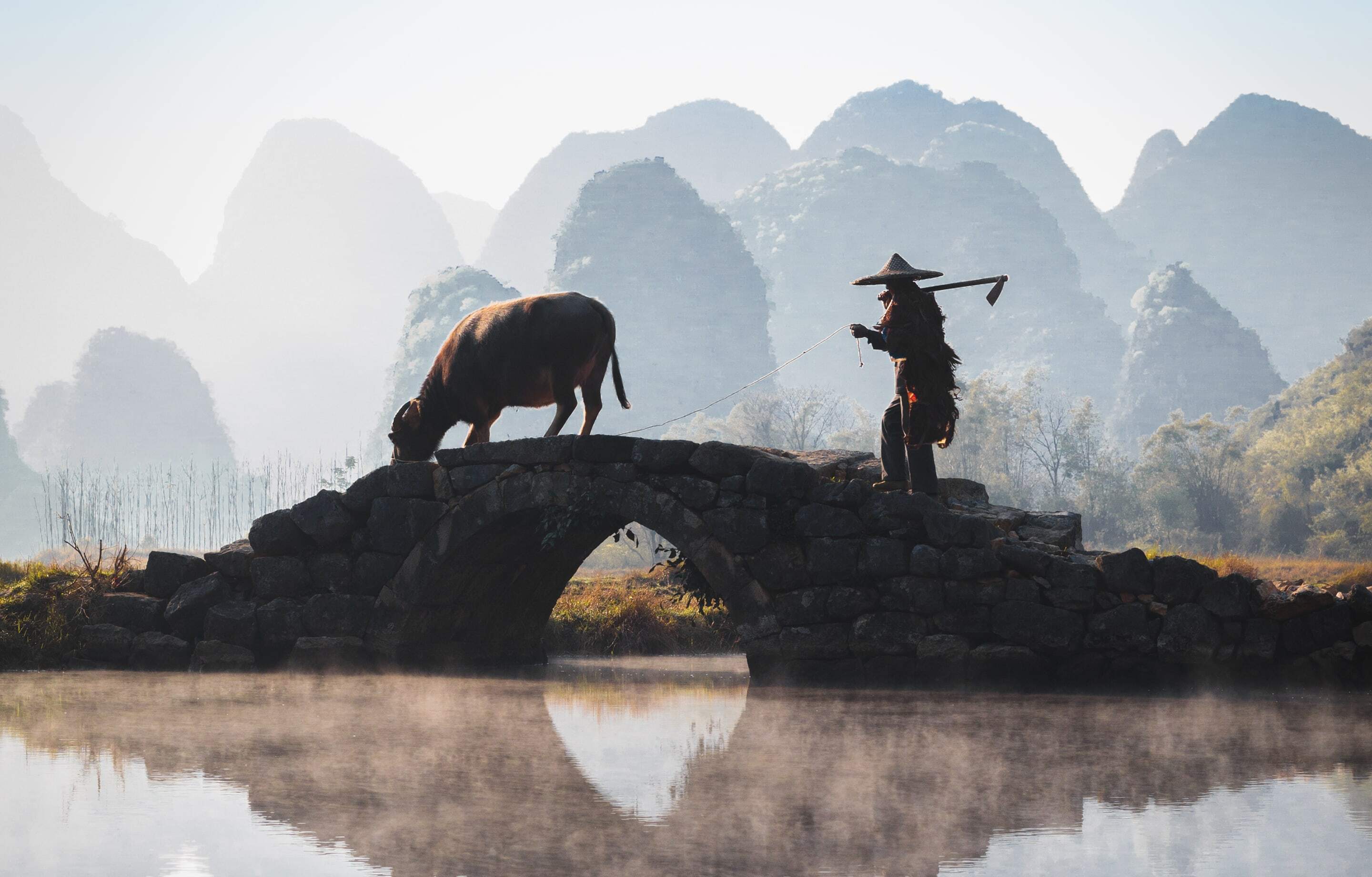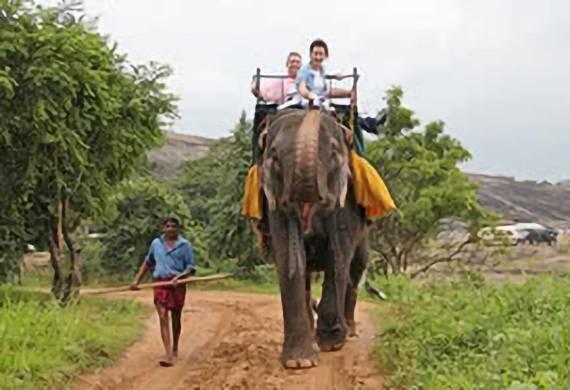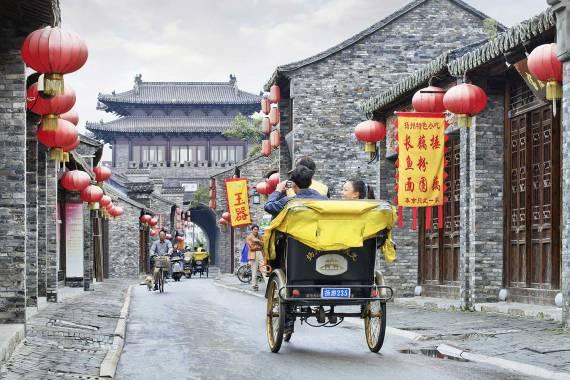Umaid Bhawan Palace
One of the great palaces of India, the yellow sandstone Umaid Bhawan was completed in 1943 after 15 years of construction. While Umaid Bhawan is now open to guests, members of the Singh royal family still live in a wing of the palace. The sixty-four rooms and suites of the Umaid Bhawan are divided into five categories; all rooms include wi-fi, LCD televisions, electronic safes, and even a selection of bath mixes, including milk baths and detoxification baths. Dining options include the storied Risala, which serves the finest Indian and Continental English cuisine, and was built to commemorate a victory by a local cavalry regiment in World War I; Pillars, an attractive, casual eatery set on a verandah; the Sunset Pavilion, an outdoor restaurant which serves barbecued and grilled cuisine from around the world; and the Trophy Bar. Other amenities include a business center, billards tables, a tennis and squash court, a fitness center, a Spa, and even a series of shops and boutiques.
